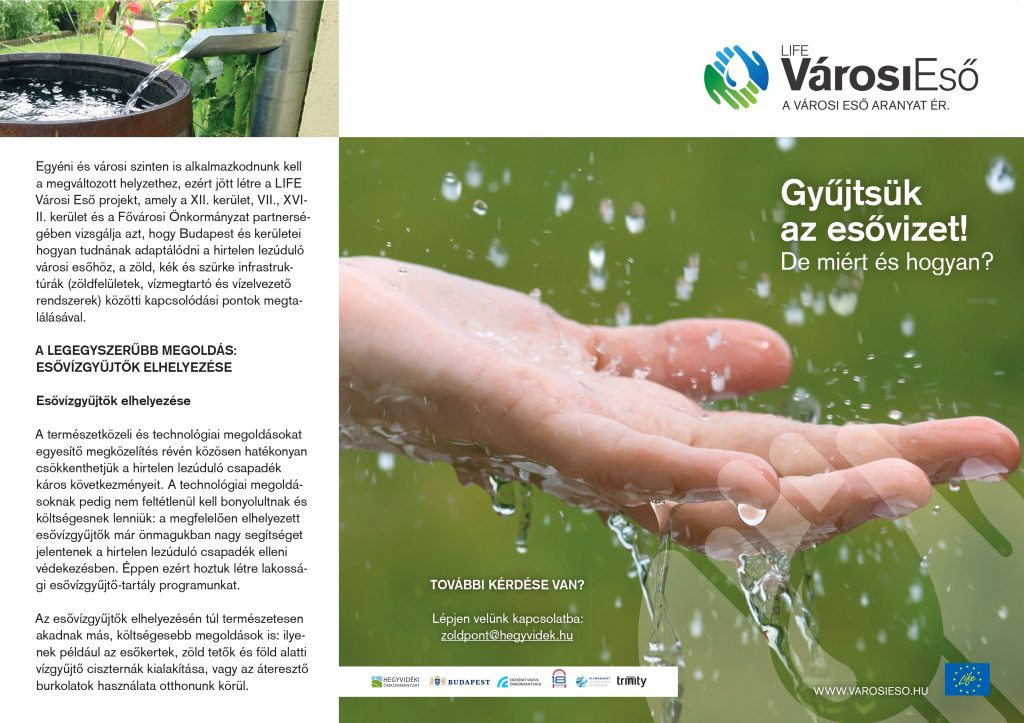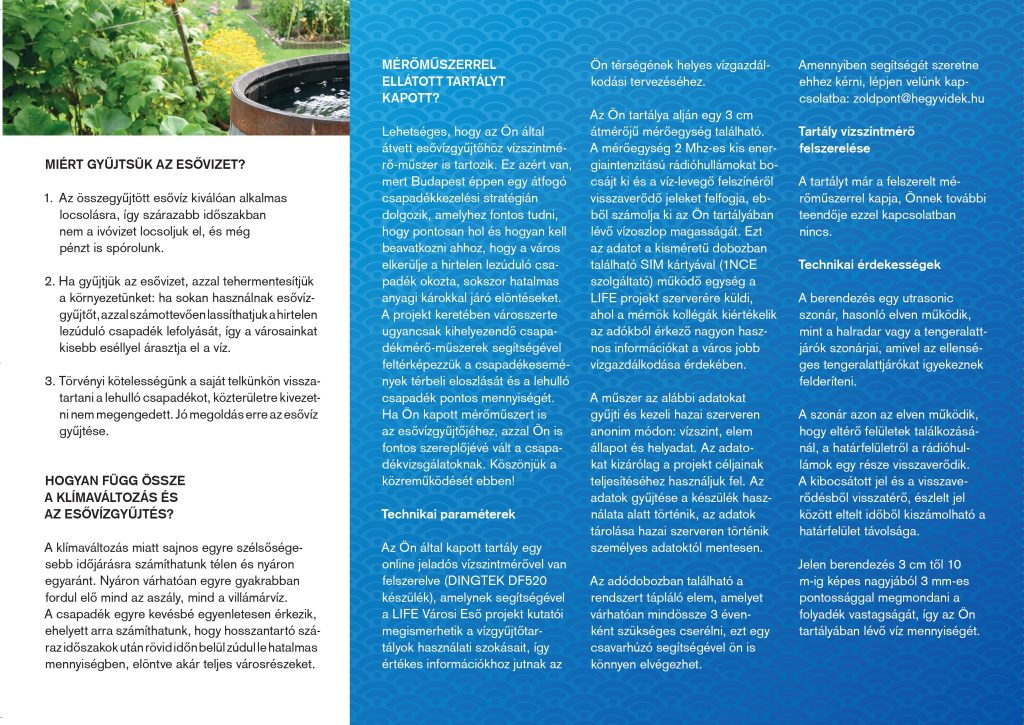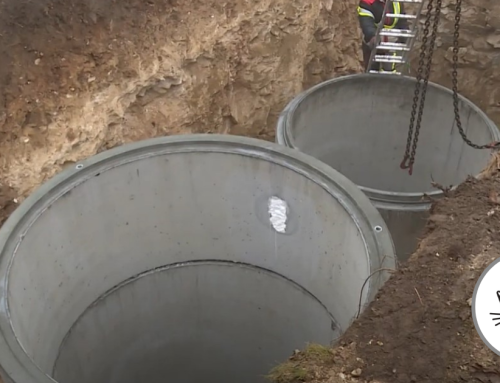Az esővíz gyűjtése kiváló módja a természeti erőforrások megőrzésének és egyszerű módja egy fenntarthatóbb életmódnak. A helyes vízgyűjtés azonban nem csak abból áll, hogy egy hordót teszünk az ereszcsatorna alá. Vannak olyan gyakori buktatói, amelyekkel a kertészek, a kezdők és a tapasztaltak egyaránt találkozhatnak. Ez a cikk hét kritikus hibát vázol fel, amelyek elkerülése biztosítja, hogy az esővízgyűjtés hatékony, biztonságos és hasznos legyen a kertje számára.
1.hiba: A helyi rendeletek figyelmen kívül hagyása
Ellenőrizze a helyi törvényeket: Egyes területeken az esővízgyűjtésre vonatkozóan különleges előírások, sőt korlátozások vannak érvényben. Győződjön meg róla, hogy nem sérti meg a helyi rendeleteket.
Engedélyek: Egyes joghatóságoknál a nagyobb, vagy összetettebb rendszerekhez engedélyre lehet szükség. Ha ilyen rendszerben gondolkodik, nézzen utána az engedélyeztetésnek.
2.hiba: Rossz típusú tartály használata
Anyag: A vegyi anyagok kimosódásának elkerülése érdekében használjon élelmiszeripari műanyagból vagy bevonatos fémből készült tartályokat.
Szín: Lehetőleg sötét színeket használjon az algásodás gátlása érdekében.
Fedél: Mindig használjon fedelet, hogy megakadályozza a törmelék, rovarok és állatok bejutását.
3.hiba: Ha nem szűri a vizet
Szereljen fel ereszcsatorna hálót, hogy megakadályozza a levelek és a törmelék bejutását a gyűjtőrendszerbe.
A tartály előtt is biztosítsa szűrővel, hogy ne juthasson bele szennyeződés.
4.hiba: A rendszer nem megfelelő karbantartása
Rendszeres tisztítás: Az ereszcsatornákat és szűrőket rendszeres tisztítsa a dugulások megelőzése érdekében.
Ellenőrizze az algásodást: Rendszeresen ellenőrizze és távolítsa el az algásodást.
Tartályok karbantartása: Tavasszal ellenőrizze a tartályát, nincsenek-e rajta repedések, nem szivárog-e valahol a rendszer. Ez nemcsak a vízmegtartás miatt fontos, hanem azért is, hogy az elszivárgó víz ne tudja a falakat áztatni.
5.hiba: Helytelen vízhasználat
Az esővíz nem ivóvíz! Megfelelő kezelés nélkül az esővíz nem iható, és nem szabad ivásra, főzésre vagy fürdésre használni.
Érzékeny növények: Egyes növények érzékenyek lehetnek az esővízre, különösen, ha azt bizonyos tetőtípusokról gyűjtik. Vizsgálja meg a gyűjtött víz pH-értékét és ásványi anyag tartalmát, ha növény-egészségügyi problémákat észlel.
6.hiba: A szúnyogok elleni védekezés elmulasztása
Szoros fedél: Győződjön meg róla, hogy tartálya szorosan záródó fedéllel rendelkezik.
Hálók: Minden nyíláson használjon hálót, hogy megakadályozza a szúnyogok bejutását és szaporodását.
Rendszeres ellenőrzés: Ellenőrizze és távolítsa el a tárolóedények körül az állóvizet, ahol a szúnyogok szaporodhatnak.
7.hiba: Nem megfelelő túlfolyás-tervezés
Túlfolyó kifolyó: Győződjön meg róla, hogy a tartálya rendelkezik túlfolyó kivezetéssel a felesleges víz elvezetésére.
Irányítsa el a vizet: Úgy helyezze el vagy tervezze meg a túlfolyót, hogy a felesleges vizet elvezesse a ház alapjától és a szomszédos ingatlanoktól.
Használja fel a felesleges vizet: Fontolja meg a rendszer kialakítását úgy, hogy a túlfolyó vizet egy esőkertbe vagy más olyan területre irányítsa, amely hasznot húzhat a többletvízből.
Az esővíz összegyűjtése a kertje számára dicséretes gyakorlat, mellyel hozzájárul egy fenntarthatóbb életmódhoz. Azonban nagyon fontos, hogy ezt a gyakorlatot körültekintően vezessük be saját háztartásunkban, hogy maximalizáljuk az előnyöket és minimalizáljuk a lehetséges problémákat. A fenti hét hiba elkerülésével biztosíthatja, hogy esővízgyűjtő rendszere hatékony, környezetbarát és értékes eszköz legyen kertje számára. Ne feledje, hogy egy kis előkészítés és karbantartás bőséges termést és fenntartható vízhasználatot eredményezhet az elkövetkező években.
Hogyan gyűjtsük jól az esővizet?









Hagyj üzenetet